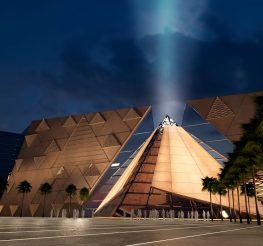Tutankhamun Artefacts You Must See When Visiting the Grand Egyptian Museum
Grand Egyptian Museum King Tut Mask King Tut Tomb Tutankhamun Artefacts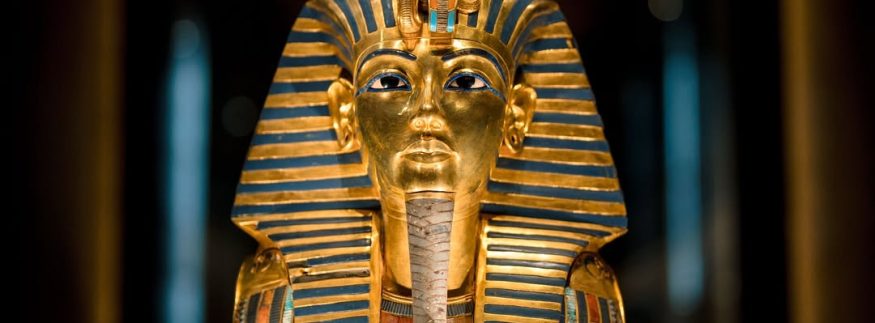
Cairo 360
Cover via GEM
On November 4th, the museum finally opened its gates to the public. Many Egyptians want to visit the museum this month, and many are flying from overseas, but diving in without a plan can feel overwhelming, especially since it is the largest museum in the world. Here are some mind-blowing artefacts in the Grand Egyptian Museum you need to see.
Chariots of Tutankhamun
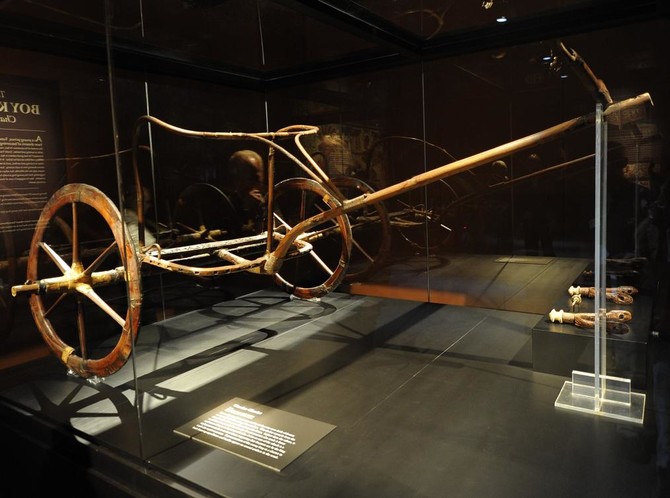
Image via website
Among the most impressive objects found in Tutankhamun’s tomb are more than six finely preserved chariots. These vehicles showcase remarkable engineering and artistry, made from strong yet lightweight wood and richly decorated with gold, silver, and inlaid stones.
Their carefully designed wheels enabled speed and control, whether in battle or during royal ceremonies. Research indicates that each chariot served a distinct purpose, some for hunting and warfare, others for rituals and official processions, reflecting the young pharaoh’s role as both a warrior king and a sacred ruler.
Tutankhamun’s Meteoritic Iron Dagger

Image via website
One of the most extraordinary discoveries is a deceptively small dagger with enormous historical weight. Its blade is crafted from iron that originated in a meteorite, metal literally born from the stars and brought to Earth.
This remarkable object reveals the resourcefulness and ambition of ancient Egyptian artisans, who sought out materials not only from their lands but from the cosmos itself to create objects of exceptional importance.
Tutankhamun’s Burial Chamber
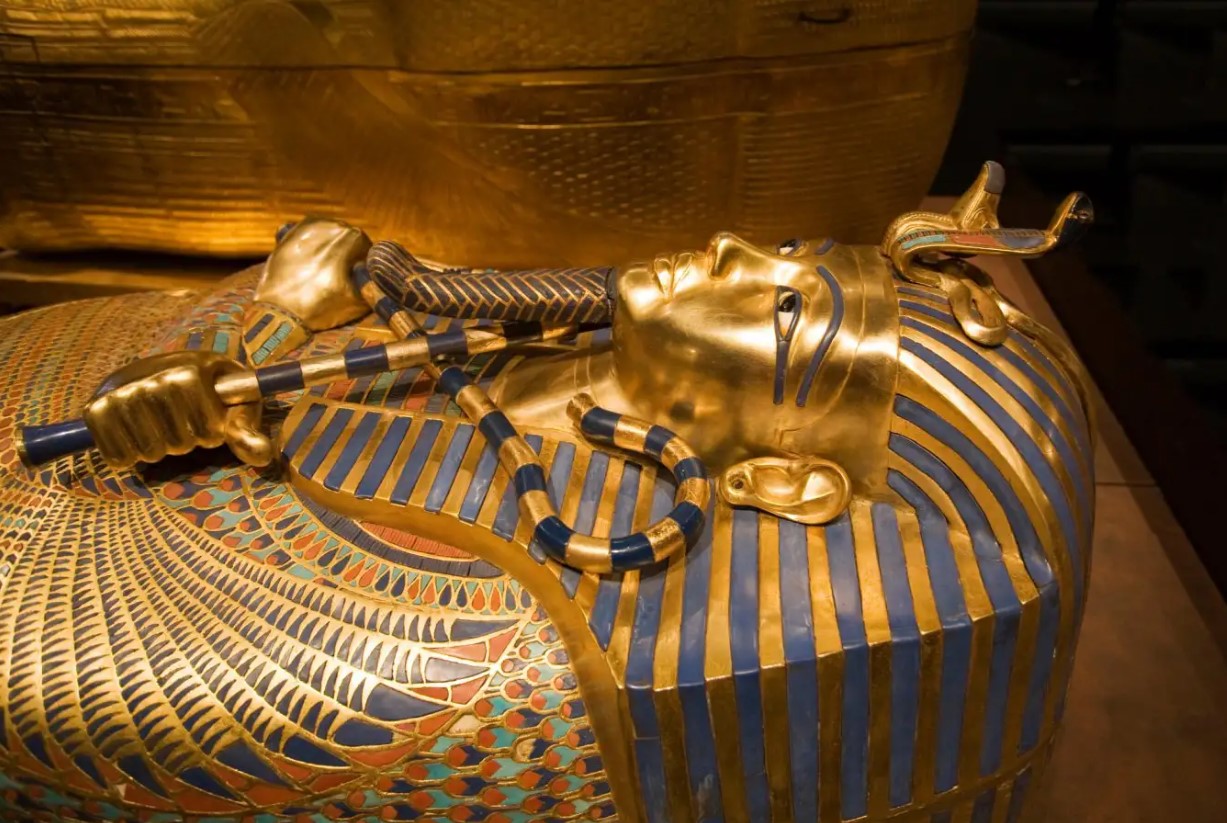
Image via website
Tutankhamun’s Burial Chamber contained treasures far beyond the famous golden mask. It was packed with sarcophagi, jewels, weapons, and lavish pieces of funerary furniture that reflected the luxury of his palace life, ensuring that the young king carried his royal world into eternity.
Among these items were beautifully gilded ceremonial beds shaped like sacred animals, including lions and cows, powerful emblems of strength and divine protection. Guardian statues, placed at the entrance and deep within the tomb, stood watch to protect the pharaoh as he embarked on his everlasting journey.
The Statues of Osiris and Horus from Tutankhamun’s Burial Chamber
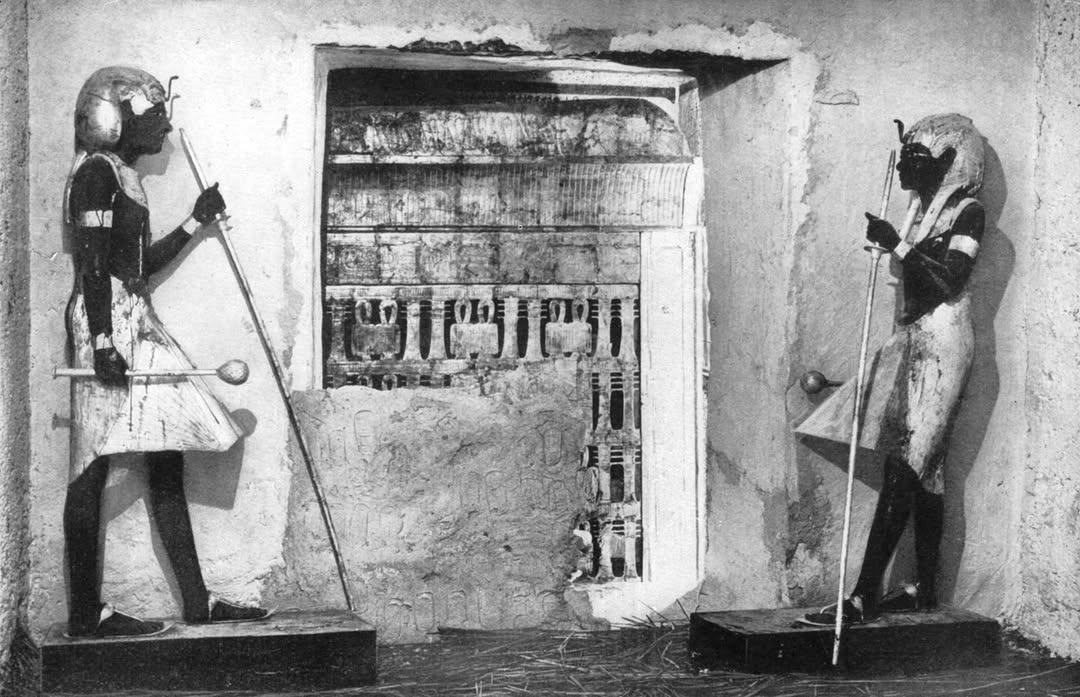
Inside Tutankhamun’s tomb, archaeologists uncovered figures of the powerful gods Osiris and Horus.
Osiris, associated with rebirth and everlasting life, represented the promise that the pharaoh would be renewed and live eternally. Ancient Egyptians believed their ruler would join with Osiris after passing, ensuring his resurrection in the world beyond.
Horus, the falcon god and loyal guardian of kingship, symbolised divine watchfulness. In his falcon form, he protected the pharaoh, standing as a constant sentinel as Tutankhamun entered the afterlife.
These divine figures were not simply decorative pieces; they were sacred guardians placed with purpose.
The Small Mummies in Tutankhamun’s Tomb
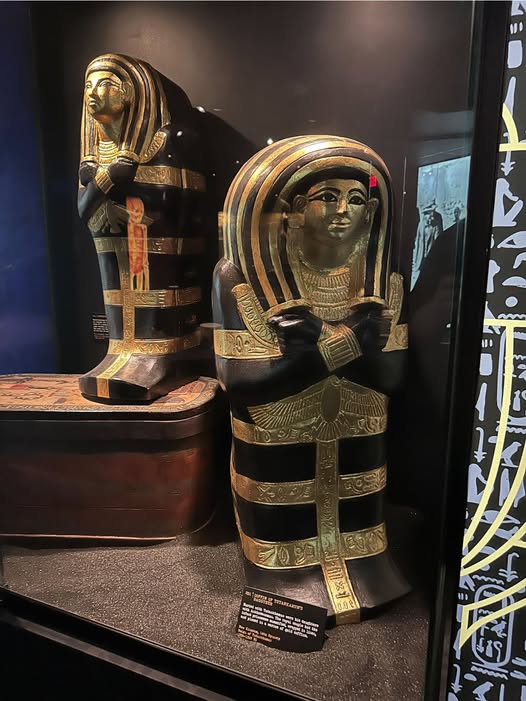
Among the treasures discovered in Tutankhamun’s resting place, few finds evoke such emotion as the two small mummified infants believed to be his daughters.
They are thought to have died before or shortly after birth; each was laid to rest in a miniature, finely crafted coffin, a tender act that honoured their royal blood despite their tragically brief lives.
Scholars continue to reflect on the meaning of their burial beside the young king. One interpretation is that their placement was to preserve the completeness of the royal family into eternity, reflecting the ancient Egyptian belief that family bonds endure beyond death.
Another suggests the infants were meant to accompany their father on his eternal journey, remaining united with him in the world beyond.
recommended
 City Life
City Life
Cairo’s Boutique Hotels: The Revival of Heritage Buildings
Boutique Hotels in Cairo city life +2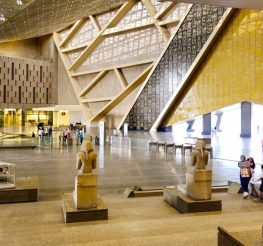 Arts & Culture
Arts & Culture


